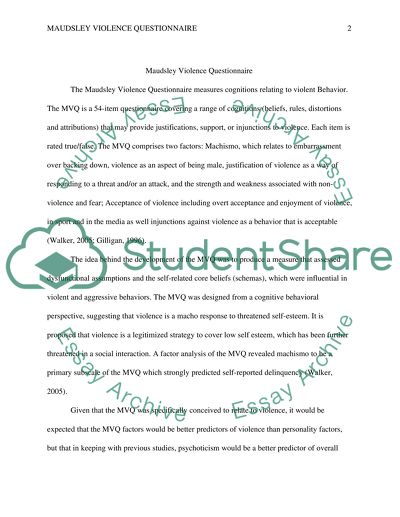Cite this document
(“The Maudsley Violence Questionnaire (MVQ) Literature review”, n.d.)
Retrieved from https://studentshare.org/psychology/1465527-the-maudsley-violence-questionnaire-mvq
Retrieved from https://studentshare.org/psychology/1465527-the-maudsley-violence-questionnaire-mvq
(The Maudsley Violence Questionnaire (MVQ) Literature Review)
https://studentshare.org/psychology/1465527-the-maudsley-violence-questionnaire-mvq.
https://studentshare.org/psychology/1465527-the-maudsley-violence-questionnaire-mvq.
“The Maudsley Violence Questionnaire (MVQ) Literature Review”, n.d. https://studentshare.org/psychology/1465527-the-maudsley-violence-questionnaire-mvq.


